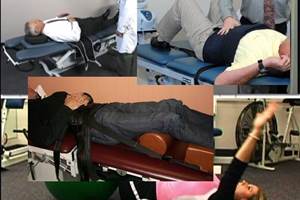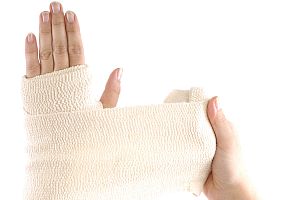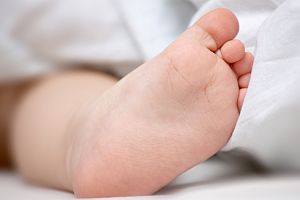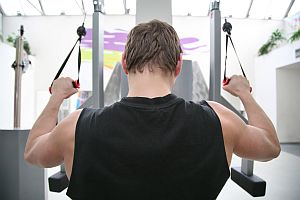Back Pain Wilmington NC: Exercises for Back Pain
Exercise to Prevent and Treat Back Pain: The Latest Research
When someone decides to visit the doctor about musculoskeletal pain, back pain is the most common complaint. Sometimes back pain is the result of very specific trauma—a car accident or a slip-and-fall. Other times, however, its causes are much less obvious—cumulative years of poor posture, inactivity or bad nutrition, for example. The rest of this article looks at the role exercise can play in preventing and treating back pain. It should come as no surprise that weak muscles are more easily injured than strong ones. That’s why exercise (along with a good diet of healthy food) is the most important thing you can do to help ensure a healthy and pain-free back. Following are some of the best exercises according to our back pain Wilmington NC chiropractor to help prevent and treat back pain. Of course, check with your chiropractor before beginning any kind of exercise program.
Stretch: Knee-to-Chest
Start by lying on your back, knees bent and feet flat on the floor. Use both hands to pull one knee to your chest. After holding for about 20 seconds, return to the start position. Repeat this with the other leg. Next, repeat with both legs. These 3 pulls give us one complete set. Do one or two more sets to complete the session. Perform a session in the morning and at night.
Stretch: Rotate Lower Back
Start by lying on your back, knees bent, feet flat on the floor and arms stretched out to each side. While ensuring both shoulders remain flat on the floor, tilt your knees to one side, hold 5-10 seconds and return. Repeat on the other side. Do two or three more sets to complete the session. Perform a session in the morning and at night.
Stretch: Like a Cat
Start on your hands and knees, with your back straight. Slowly breathe in, arching your back like a cat, then as you breathe out, slowly allow your back to fall into a sway. After returning to start, repeat. Perform 3-5 repetitions two times a day.
Flex: Lower Back
Lie on your back, knees bent and feet flat on the floor. Arch your back upward and hold for 5 seconds. Relax. Push your back toward the floor as if your bellybutton were being sucked into the earth and hold for 5 seconds. Relax. Perform 5 repetitions once a day to start with. Gradually build up to 30 repetitions.
Lift: Hip Launch
Lie on your back, knees bent and feet flat on the floor. Throughout the exercise be sure to keep your head and shoulders on the floor and relaxed. As you tighten the gluteal muscles and abdominals, raise your hips so that your body, from shoulders to knees, forms a straight line. Take 3 slow, deep breaths. After returning to start, repeat. Perform 5 repetitions once a day, to begin with. Gradually build up to 30 repetitions.
Need Back Pain Wilmington NC Relief?
If you or someone you care about is experiencing back pain, please call or visit our back pain Wilmington NC chiropractor office! We’re experts at diagnosing musculoskeletal problems and developing treatment plans (including chiropractic adjustments, massage therapy and structured exercise programs) that help patients get out of pain and return to their active lifestyles.










